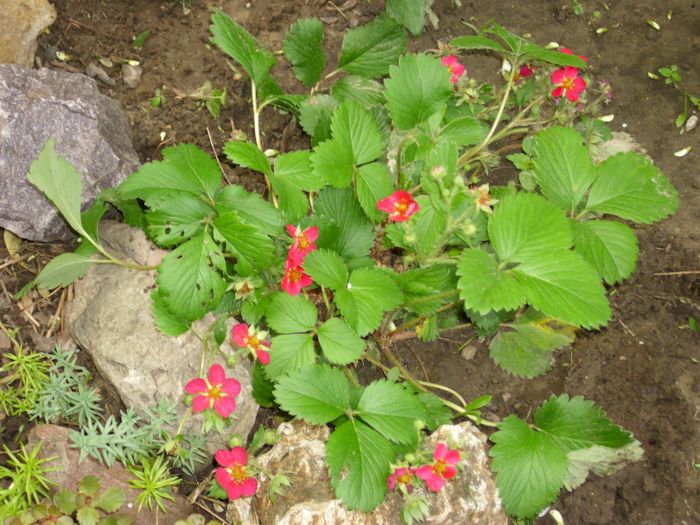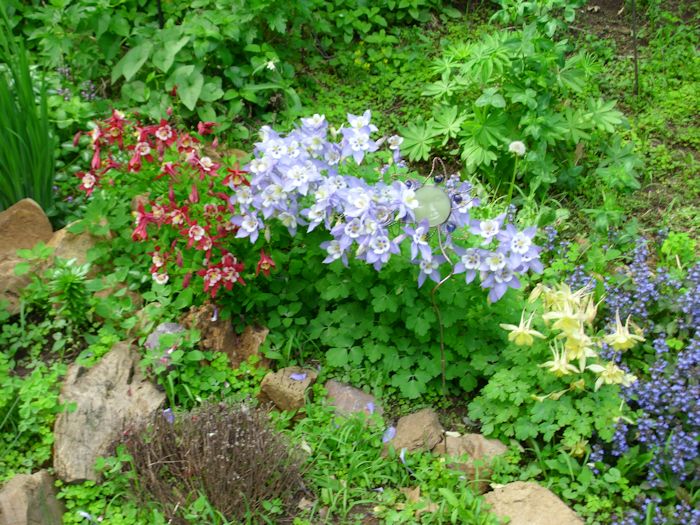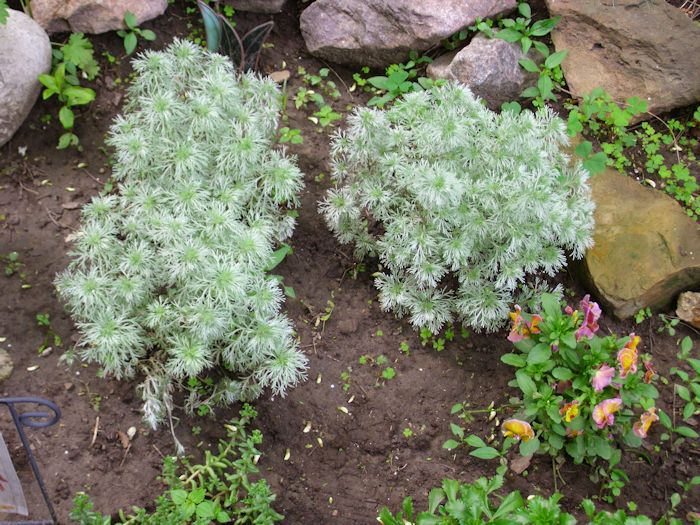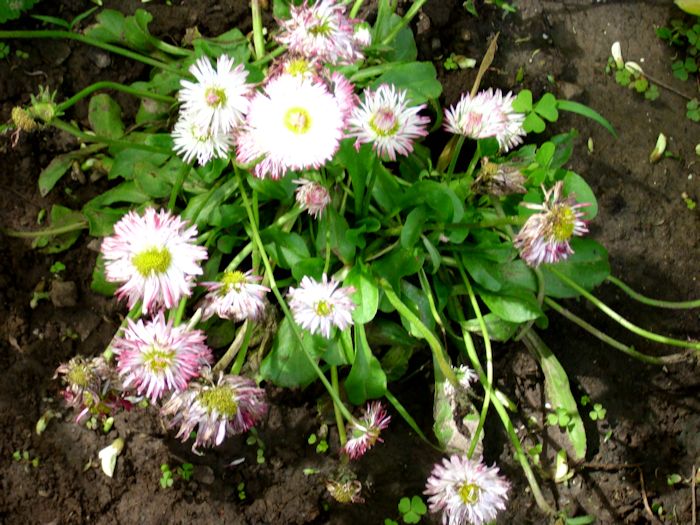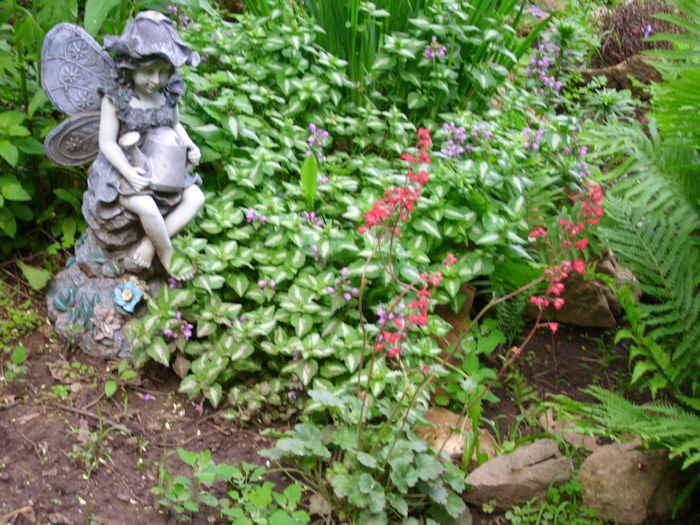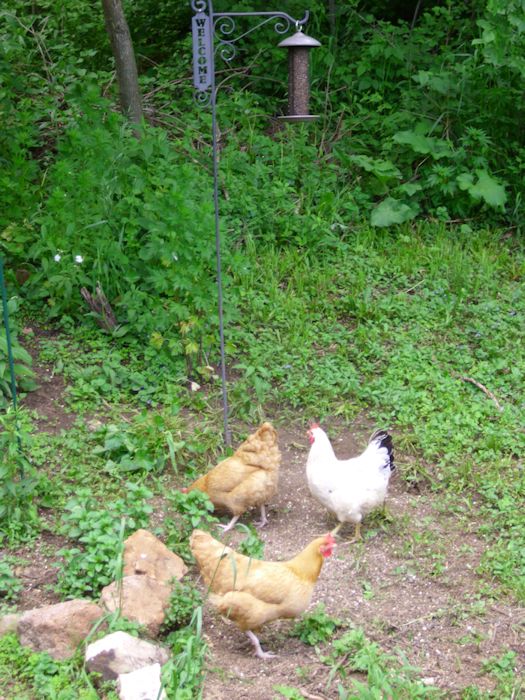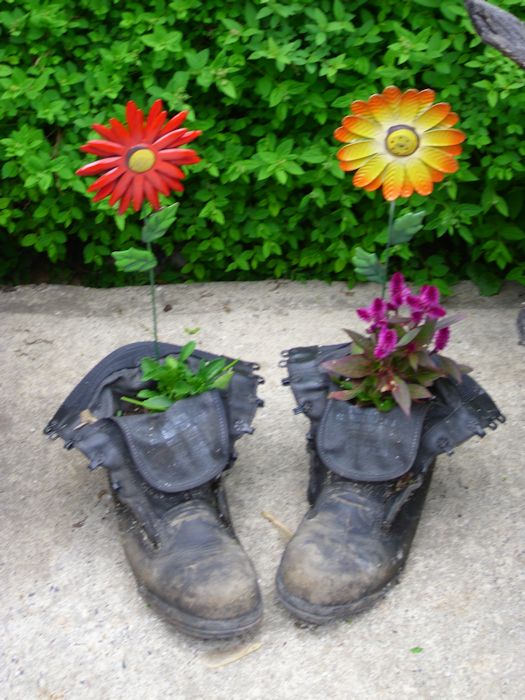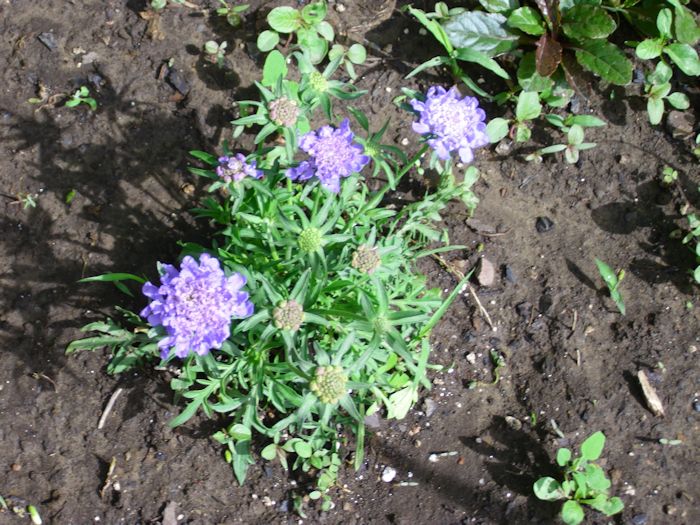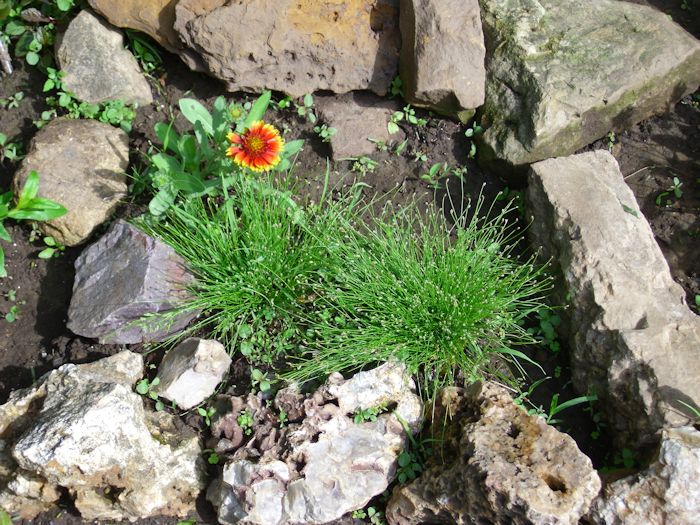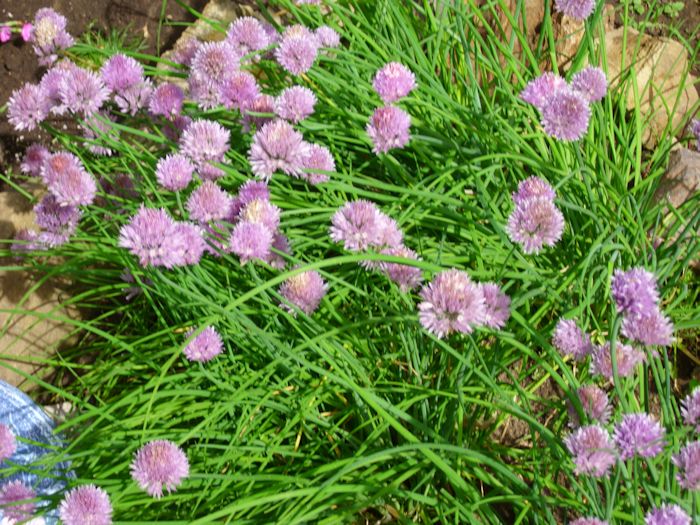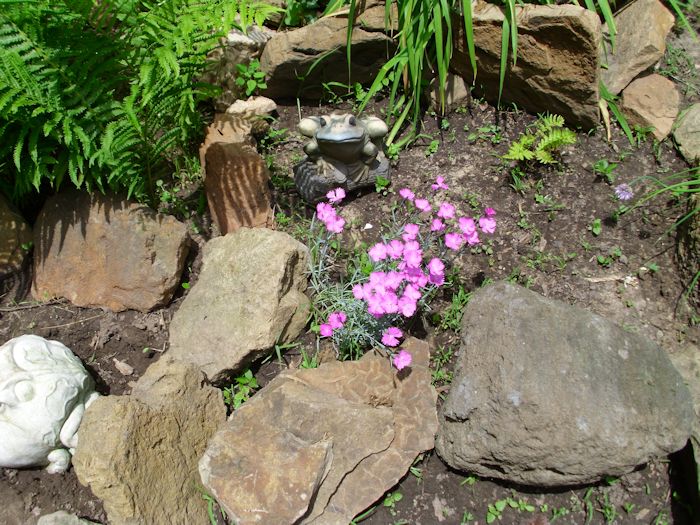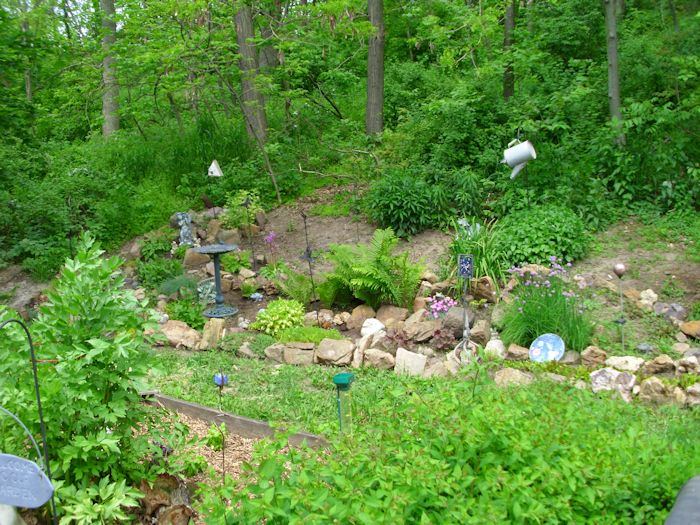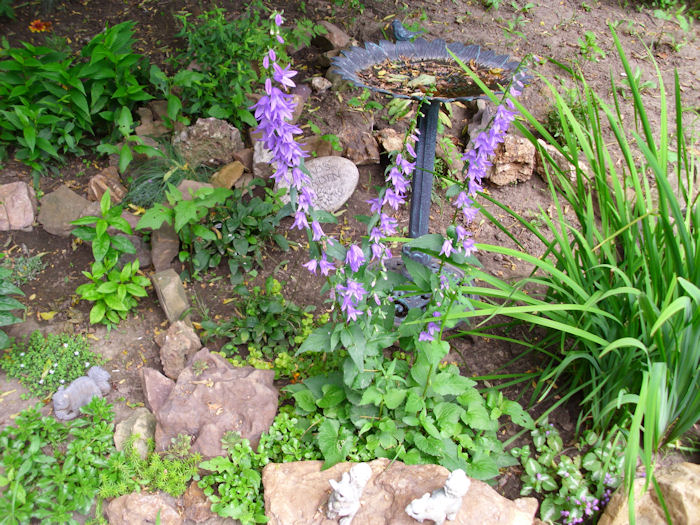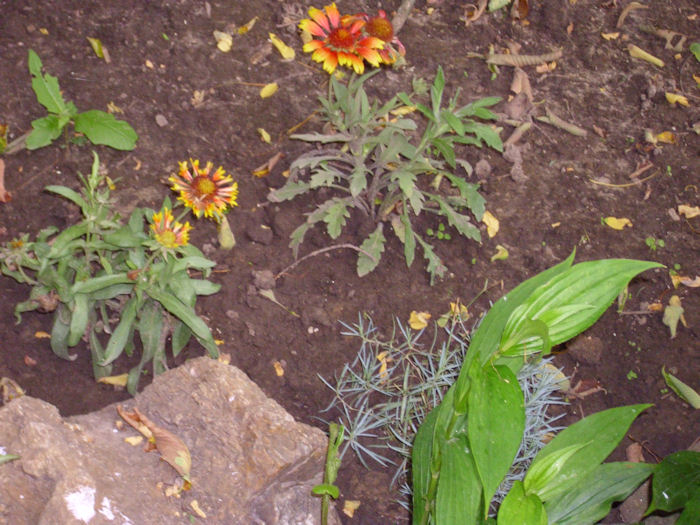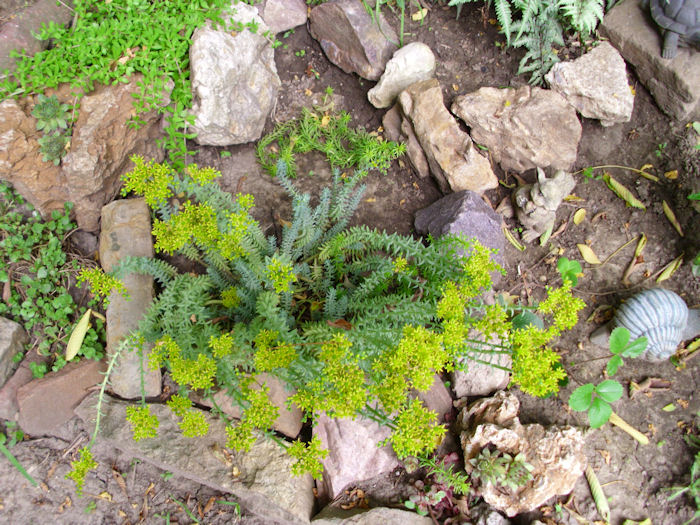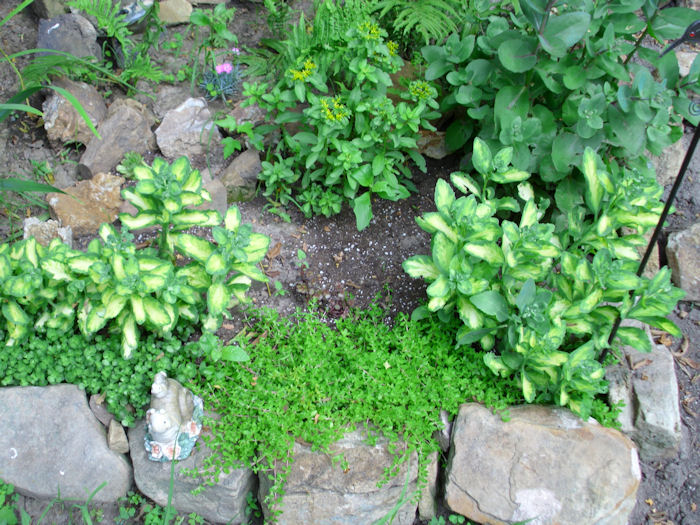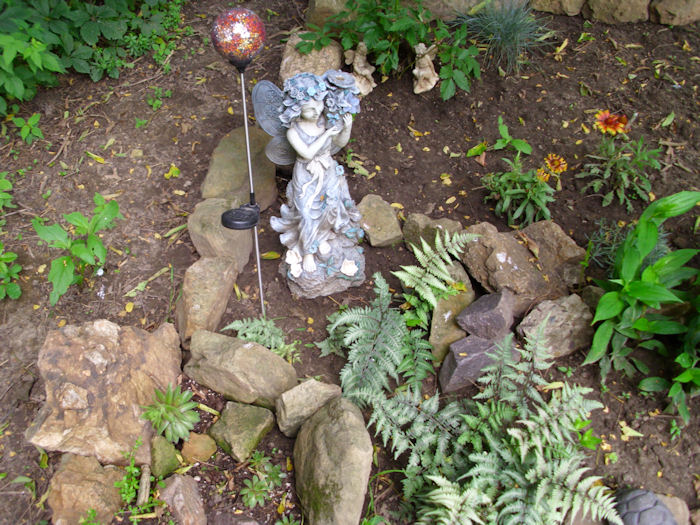Most writers face writer’s block at some point. You have a blank page that’s waiting for you to fill it and you have a vague notion of what you want to say, but the text simply doesn’t come out right. So, you write, and write some more, and write still more, and hours later you still have a blank page. Yes, you’ve written many words during that time—all of them good words—just not the right words.
Every piece of writing I do starts with an outline. Even my articles start with an outline. Creating outlines help you focus your thoughts. More importantly, they help you to see how your thoughts will flow from one idea to the next. Sometimes, if you’re honest with yourself, you’ll discover that you really don’t have anything more than a vague idea that will never become an article, white paper, book, or some other piece of writing. Of course, that’s really the reason for this exercise—to see if you have enough information to even begin writing. If you don’t have enough information, then you need to research your topic more. Research can take all sorts of forms that include everyone from reading other texts on the topic, to doing interviews, to playing. That’s right, even playing is an essential part of the writer’s toolbox, but this is a kind of practical play that has specific goals.
Once you do have an outline and you’re certain that the outline will work, you need to mark it up. My outlines often contain links to resources that I want to emphasize while I write (or at least use as sources of inspiration). A lot of writers take this approach because again, it helps focus your thoughts. However, an outline should also contain other kinds of information. For example, if a particular section is supposed to elicit a particular emotion, then make sure you document it. You should also include information from your proposal (book goals) and your reader profile (who will read a particular section) in the outline. Your marked up outline will help you understand just what it is that you really want to write. In reading your outline, you can start to see holes in the coverage, logic errors, and ideas that simply don’t fit.
Moving your outline entries to the blank page will help you start the writing process. Convert the entries to headings and subheadings. Ensure that the presentation of the headings and subheadings is consistent with the piece as a whole. Unfortunately, you can still end up with writer’s block. Yes, now you have some good words on the page, but no real content. An outline is simply a synopsis of your ideas in a formalized presentation after all.
Write the introduction and the summary to the piece next. The introduction is an advertisement designed to entice the reader into moving forward. However, it also acts as a starting point. The summary doesn’t just summarize the material in the piece—it provides the reader with direction on what to do next. People should view a good summary as a call to action. By creating the introduction and the summary, you create the starting and ending points for your piece—the content starts to become a matter of drawing a line between the two from a writing perspective.
At this point, you have enough material that you could possibly ask for help. Try reading your piece to someone else. Reading material aloud uses a different part of the brain than reading the same material silently. Discussing the material with someone else places a different emphasis on the material. The other party can sometimes provide good suggestions. You may not use the suggestions directly, but listening carefully can often present you with creative ideas that you wouldn’t have considered otherwise.
It’s important not to overwork the piece. Sometimes you need to do something else for a while. Yes, you always want to spend time in research and thinking your piece through, some writing is often done in the subconscious. Fill your head up with as many creative ideas, fascinating thoughts, and facts that you can, and then do something that actually will take your conscious mind off the topic. You might watch a television show or movie, go for a while. have coffee with a friend, take a nap, or do any of a number of other things. The important thing is to forget about the book for a while. Often, you’ll find that the now semi-blank page doesn’t present a problem when you return. Let me hear about your ideas for dealing with the blank page at [email protected].

